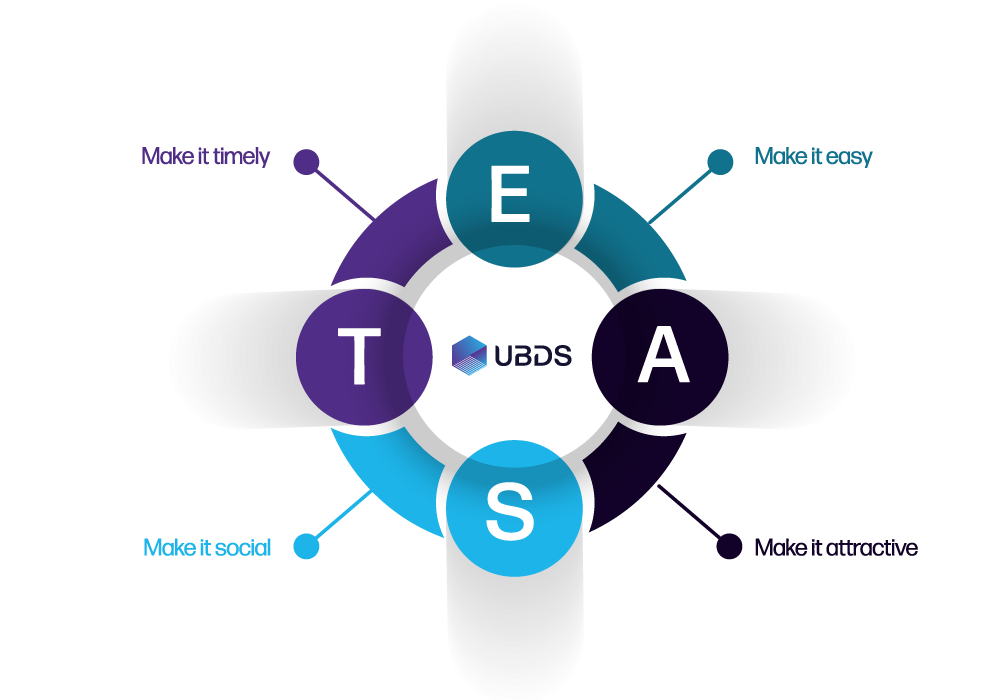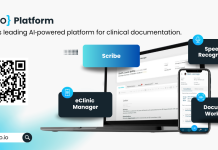Silvia Lehnis, Head of Data, Analytics and AI at UBDS, explores some of the human-centric tactics used to deliver digital transformation in the Public Sector
 Many IT functions grow to reflect the systems they run. As technologists, we are often attracted to logic, structure and systems thinking. Code it in once, and it is done. A rule the system follows beautifully until you change it.
Many IT functions grow to reflect the systems they run. As technologists, we are often attracted to logic, structure and systems thinking. Code it in once, and it is done. A rule the system follows beautifully until you change it.
But when we release new systems, new features, or fully transform organisations, that kind of thinking has limited reach. We rely on people to change their behaviour, to start using new systems and processes, to start planning differently, and to stop making important decisions without the right insight.
Humans are at the core of transformations, yet we do not act rationally or take to change easily. New systems that are not used, or are not used right, do not deliver the expected return on investment. Staff spend time re-training, raising support tickets, asking others for help, or avoiding new systems, which negate the expected benefits that come with a digital transformation.
Below, we explore some of the tactics we use to accelerate positive outcomes when delivering Digital Transformation in the Public Sector. These are founded on well-researched Behavioural Economics principles, and at UBDS we have seen it work countless times across cloud, networks, and data transformations.
Core behavioural economics principles to consider
When creating a human-centric approach to a digital initiative, there are two places our teams apply Behavioural Economics. This applies regardless of whether it is a Data Science solution, Low Code Application, Zero Trust Network, or a Cloud Migration.
The first is how the digital transformation is executed: the principles of how we plan, how we structure communications and engagement, and what data we use to measure progress and results.
The second is how the system is designed: apply behavioural economics principles to the default configuration, architecture, and interface design.
Whilst there are many principles to consider, here we will expand on how to apply a simple framework to digital transformation through a few examples. The EAST framework is developed by the Behavioural Insights Team, a UK-based global social purpose organisation that informs policy and improves public services. It lays out 4 tactics that can accelerate outcomes and increase adoption. These always need to be applied with thought and care to maximise positive outcomes for the public.
Tactic 1: Make it easy
Minimise effort for stakeholders involved. Make the desired solution the default option (Opt-out instead of opt-in). Consider the default configuration of systems, and what tools are automatically installed for users. These are the ones that will most often be used.
To look at an example of reducing user effort from a recent UBDS engagement we were tasked with migrating 100,000 staff mailboxes from Outlook On-Premise to Exchange Online for a central government department. This scale meant migrating in batches, rather than a big bang approach. We applied an algorithm across the 5 million mailbox interconnections to identify segregated clusters that shared privileges, assigning each cluster a batch ID. We could then migrate a batch to Exchange Online without disrupting the user’s workflow. Read more here.
Tactic 2: Make it attractive
Use clear, simple messaging focusing on the user needs and goals. Humans process images 60,000 times faster than text and remember them longer. When UBDS were planning an SD-WAN network rollout across 800 sites we had to prioritise sites struggling with insufficient bandwidth, but the department did not know which ones these were. UBDS developed a dashboard that used a range of sources like HR and network data to predict bandwidth demand. The Head of Networks found it easier to make informed decisions using the map visual with the struggling sites flagged red, a KPI showing upgrade progress, and trends in issues. As a result, it improved the productivity of sites with poor bandwidth first. In some cases, including a clear, relevant visual can increase both decision quality and speed. Read more here.
Tactic 3: Make it social
Clearly demonstrate that most people are exhibiting the desired behaviour or action. Provide rewards and recognition as incentives and use commitment to others in a social context to increase results. In one UBDS client scenario, a Cloud Migration for hundreds of apps across 4 data centres was not progressing fast enough to hit the data centre lease date. UBDS pivoted how they engaged, and visualised progress by individuals, making it the ‘social option’ for those that were further behind. This was one of the tactics which resulted in a 300% acceleration of apps migrated per month and reduced cost for the client by £27 million by exiting the data centre before the lease renewal. Read more here.
Tactic 4: Make it timely
Humans act when they are nudged at a relevant time, and when costs and benefits are immediate. Spending time to understand barriers to action has a huge significance on system design and how successfully the system drives behaviours. For a leading Higher Education organisation, UBDS developed a Low Code Application to track workers’ time against visa compliance thresholds, and calculated pay. Historically, payroll approvers received a series of spreadsheets sent via email. During approval time manual effort was required to find and sort the emails, and many were missed. The new system sent a single notification with all Payroll approval requests for the period, which could easily be accepted or rejected by replying in Microsoft Teams or Email. This reduced late approvals and reduced visa compliance issues by 100%. Read more here.
Realise the expected return on investment with human-centric digital transformation
Using these approaches, coupled with our deep technical and programme management expertise, helps our teams feel empowered to deliver innovative systems and infrastructure, at scale and pace. For citizens and organisations, it is easier to adopt the change, take positive action, or support the programme’s success. Both result in realising the expected return on investment and avoid ending up with a technical or theoretical change that is not fully adopted and exploited.
Click here to learn more about how UBDS uses Behavioural Economic principles to enable human-centric digital transformation.
Please note: This is a commercial profile
© 2019. This work is licensed under CC-BY-NC-ND.











